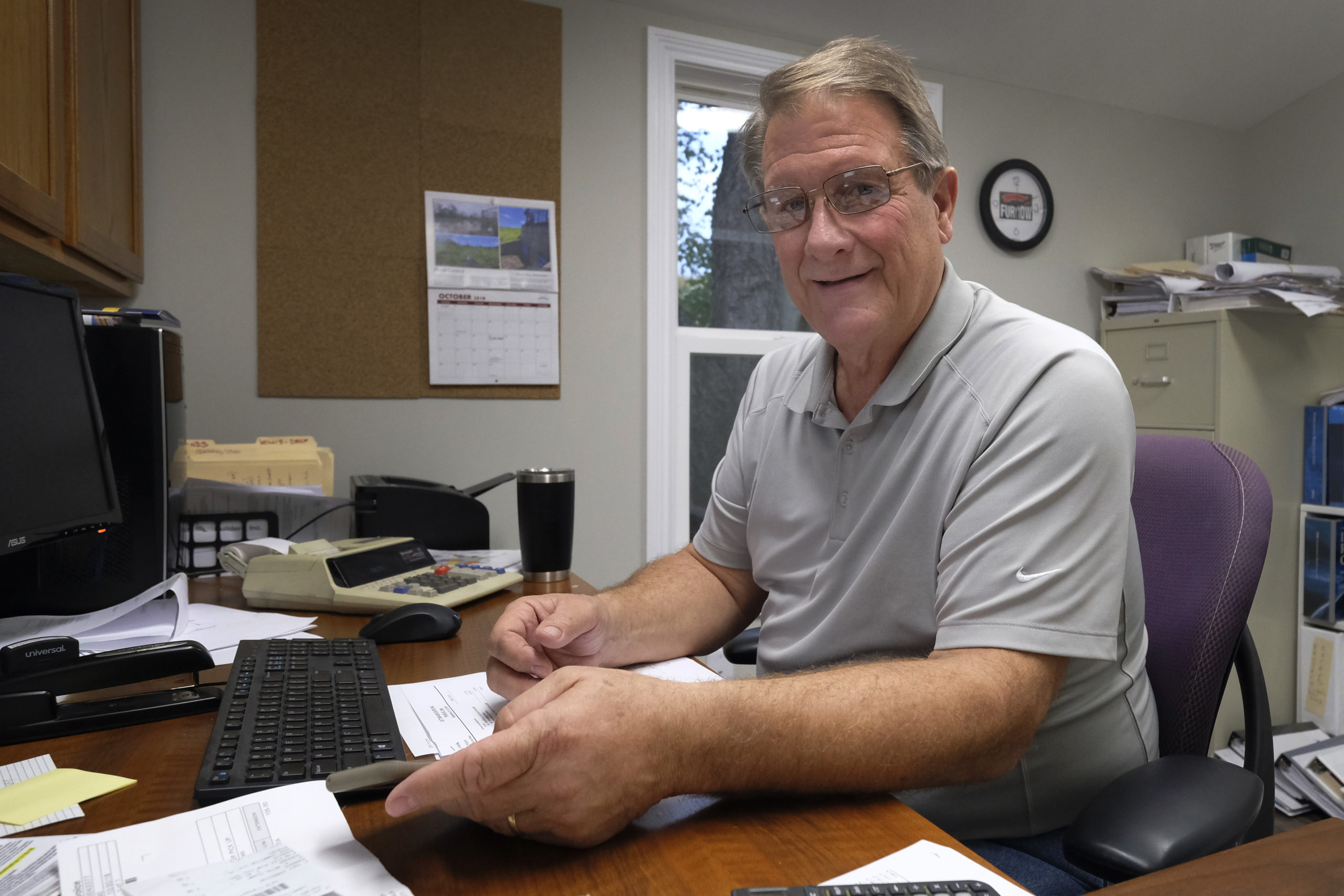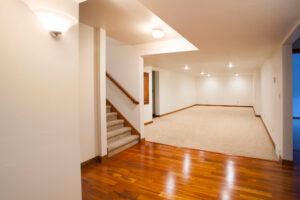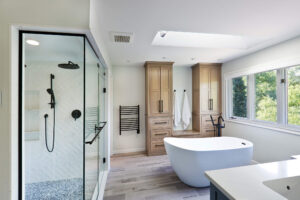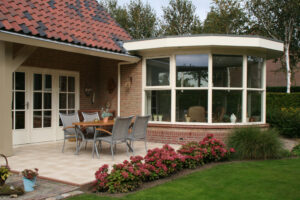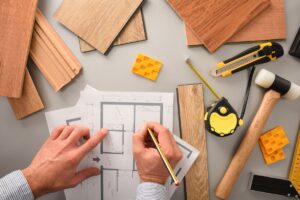The following is an article, found in our archives, written many years ago by company founder and CEO, Phil Gettum. A funny, and true story about the importance of dust and flooring protection while remodeling a home.
It was the mid-70’s and I was a “twenty something” newly graduated mechanical engineer, married with children and out of work! Thankfully my wife was an RN, which allowed us the opportunity to go house hunting and get out of tiny walkup apartment.
Even though I knew I wanted to put my education to work in remodeling and rehabilitating existing homes. So when we found the 1916 two-story I was not the least bit worried about converting what was currently a two family home, back into the gracious Arts and Crafts family home it had once been.
The first task was taking down the haphazardly constructed drywall partition slapped into the space at the top of the stairs. Thankfully, the “craftsman” who did the horrible deed hung the rock around the beautiful chestnut handrails and judges paneling making the undoing pretty simple. The next task of changing out the cast iron radiators to baseboard hot water didn’t seem all that hard, at first. Once I learned the basics of how to size baseboard units I learned the tricks of soldering lots and lots of copper pipe and fittings. I became pretty adept at re-soldering too, in order to get those pesky leaks stopped. By the way, do you have any idea how heavy those radiators are?
The covered front porch and leaded glass front door were the exterior features that initially caught my eye. But the one interior feature that sold us on the house was a beautifully tiled Italian marble faced corner fireplace with a cast brass coal grate insert. For those of you old enough to remember, in the 1970’s it was “global cooling” that everyone was worried about (yes, cooling!) and the coal burning capability was just one more way to rationalize our purchase! This was a very cool brass monster with several damper rods and adjusters to “fine tune” the burn rate, which I knew could very possibly save us from freezing when the ice age returned. Oh how things change.
Spring almost immediately becomes fall and then moves directly into winter in Rochester, New York, with an almost imperceptible stop over for a few weeks of summer in between. Our fireplace had passed the initial burn test as it was easily handling those new fangled DuraFlame logs without a hitch…that is until I tried burning some real wood! No matter how I pushed and pulled and adjusted those dampers, the smoke kept coming back into the room.
The first phase of my investigation started with a mirror and a flashlight trying to look up the chimney. The problem was my six foot tall, 195 lb. frame just couldn’t contort enough to get much of a look up the chimney with all the dampers and such in the way. So phase 2 involved a big ladder, a rope, a flashlight and my sledgehammer. The balance I learned as a college hockey player came in quite handy as I scurried up the 12/12 pitch to the ridge. And after several additional round trips to retrieve a dropped flashlight, and the loose end of the rope I was finally able to shed light on the problem. About three quarters of the way down the chimney were several bricks that had fallen down and wedged themselves, blocking the opening. Not many flue liners back then. I attached the roped to the sledge and tried to bust through by dropping it repeatedly, but nothing budged the blockage.
Not wanting to concede defeat just yet, I came up with an idea. Once back inside, I pulled out the brass insert from the fireplace providing full access to the chimney. Ta-da! I could see the bricks about 10′ or 12′ above me. At first, I tried a broom handle but it wasn’t long enough. Then I decide to get all the paint roller extensions I had and add on to the broom handle. Now picture this; a nearly 200 lb. “Santa Claus” standing up inside the flue with shoulders wedged brick to brick with just enough room to squat down, pickup each pole extension and screw it into the back of the previous pole and push it up the chimney toward the blockage. There was no way I could raise my arms over my head, but I could poke the extension poles up and down and hit the bricks. Finally, I was able to poke them hard enough, lifting them up and dislodging them enough to allow them to fall the rest of the way down the chimney. Now here is where my thinking may have become cloudy: If I had just remembered I was wedged in place and unable to raise my arms over my head to defend myself from falling bricks. I hadn’t taken the time to calculate the rate of descent of the bricks from a height of 12 ft., but I can tell you that it was quick and they were HARD! I gained a whole new empathy for Santa and the chimney sweeps that day.
Some final comments: Does anyone know how much fine powdery dust and soot comes down through a 60 year old chimney and all over an uncovered living room, dining room and kitchen? And how in the world is could possibly have puffed through every nook and cranny of every single room on every single floor when this young out-of-work engineer failed to take the time to tarp the opening?
I tell this story to all the crewmembers in my design/build remodeling company whenever they complain about the dust walls, flooring protection and installing the window fans (we have better technology now!) to provide negative room pressure. It’s also a great segue into talking about hard hats!
